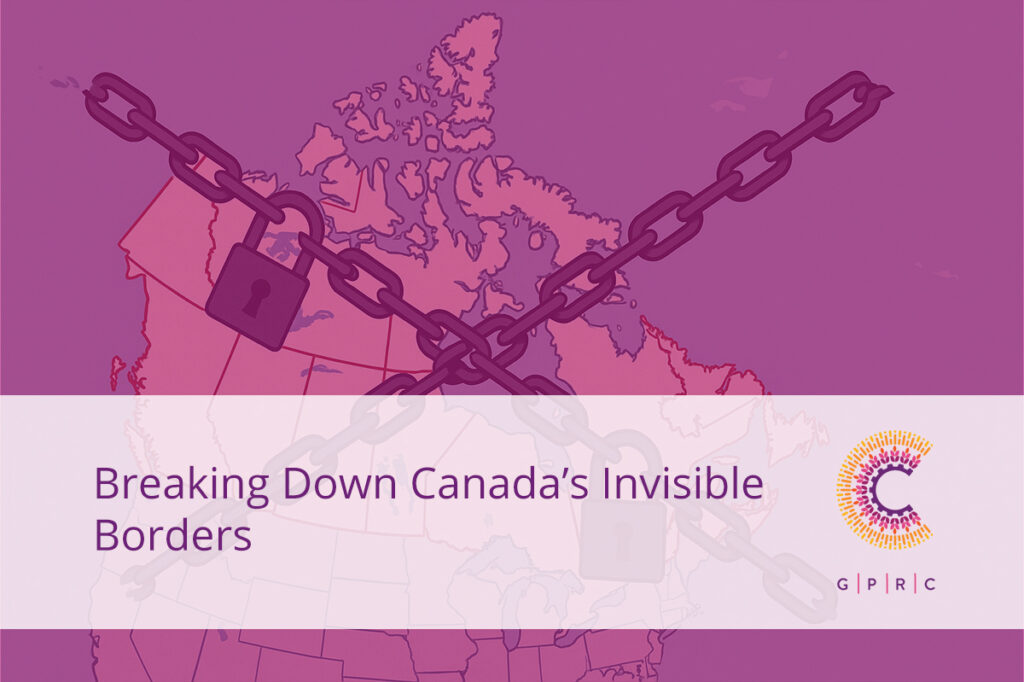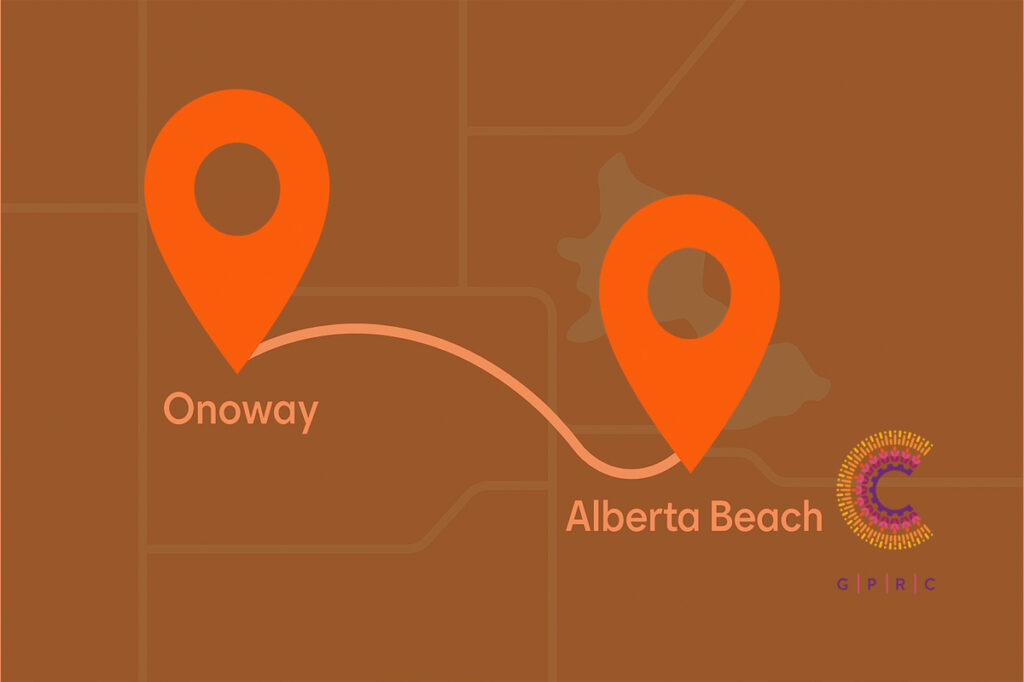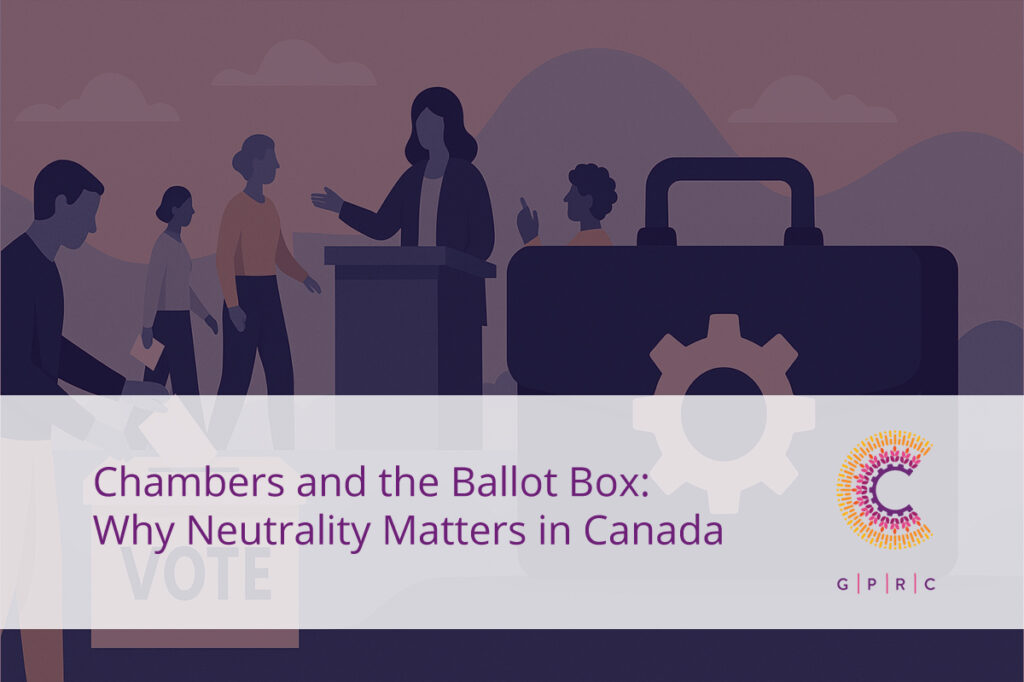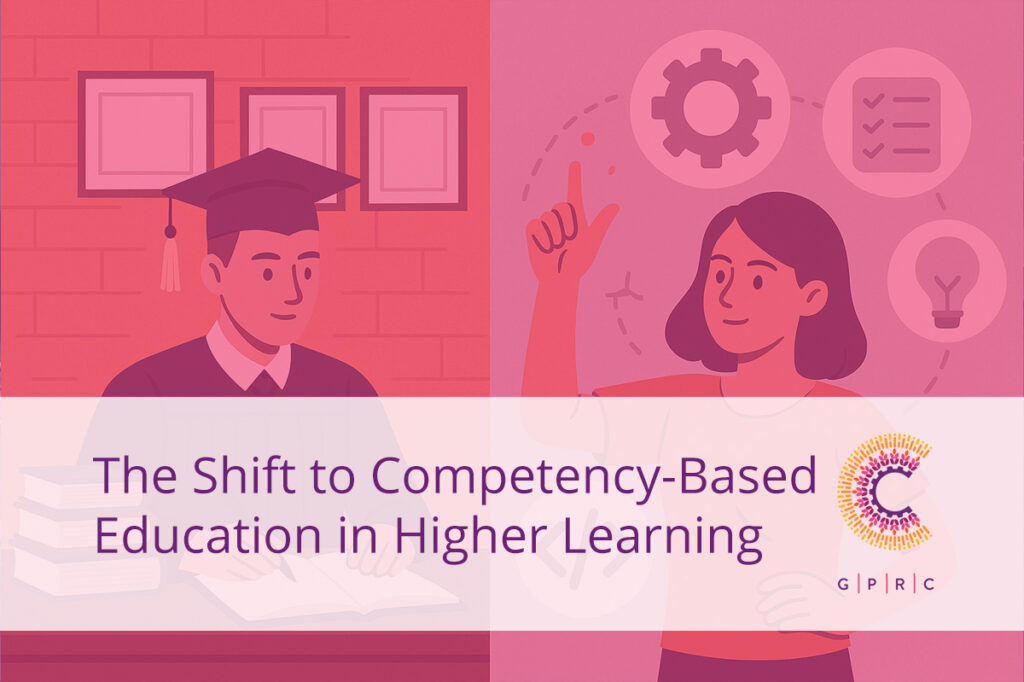The Shift to Competency-Based Education in Higher Learning
Traditional higher education relies on degree programs to measure academic and professional achievement. However, many critics argue that this system fails to equip students with the practical skills needed for today’s job market. As a result, interest in competency-based education (CBE) has grown. This approach allows students to earn diplomas or degrees by demonstrating mastery of specific skills rather than completing a set number of courses.
What Is Competency-Based Education?
Competency-based education assesses students through direct evidence of their abilities in real-world settings. This model prioritizes learning outcomes, enabling students to advance at their own pace. Instead of focusing on time spent in classrooms, CBE emphasizes measurable competencies aligned with industry needs. This shift could reshape higher education and better prepare students for careers.
One major advantage of CBE is flexibility. Traditional degree programs impose rigid timelines, requiring years of coursework regardless of a student’s prior knowledge. In contrast, CBE lets students progress faster through familiar material while dedicating more time to challenging areas. This personalized approach benefits non-traditional students, such as working professionals or those with prior learning experiences, by allowing them to earn credentials more efficiently.
Employer Appeal and Workforce Alignment
Employers also find CBE appealing. Many companies express frustration that graduates possess degrees but lack practical skills. A competency-based model ensures that students demonstrate proficiency in key areas before earning their credentials. For example, a computer science student must showcase coding abilities, problem-solving skills, and technical expertise before completing their program. This process makes credentials more valuable to employers seeking candidates with proven skills rather than just academic qualifications.
Additionally, CBE can reduce the cost of higher education. By allowing self-paced progress, institutions lower tuition expenses and offer personalized learning. Students avoid paying for unnecessary courses and can complete degrees faster, easing financial burdens.
Challenges to Widespread Adoption
Despite its benefits, transitioning to CBE presents challenges. Institutions must redesign curricula, update assessment methods, and train faculty for this approach. Resistance from accrediting bodies may also slow adoption. However, CBE’s emphasis on skill mastery and workforce readiness makes it a promising alternative to traditional degree programs.
A New Direction for Higher Education
As demand for skilled workers rises, competency-based education offers a flexible, cost-effective, and career-focused path for students. This shift could redefine higher learning and better equip graduates for modern workforce demands.
When Resilience Comes at a Cost
Nearly seven in ten Canadian small business owners have cut their pay and postponed personal milestones to keep their businesses afloat, revealing the hidden cost of resilience behind entrepreneurship. The blog urges communities to share, recommend, and thank local businesses—reminding readers that survival depends on collective support, not individual grit.
Breaking Down Canada’s Invisible Borders
Canada’s interprovincial trade barriers make it harder for businesses to trade across provinces than with foreign countries, costing billions, limiting consumer choice, and slowing economic growth. These barriers persist mainly due to politics, as provincial governments protect local industries and revenue, even though removing them would boost GDP, jobs, and national unity.
Weathering the Storm: How Canadian Businesses Can Thrive in a Recession
In a recession, businesses should focus on their top customers, maintain strong visibility, and recalibrate strategies to stay resilient and valuable.
Expanding Connections – Chamber Now Services Onoway and Alberta Beach
The GPRC expands its services to Onoway and Alberta Beach, strengthening regional business support and economic development across Alberta.
Chambers and the Ballot Box: Why Neutrality Matters in Canada
The Greater Parkland Chamber stays neutral during elections, focusing on informing voters to support strong, credible, and engaged local leadership.
How Chambers of Commerce Support Members Through Tough Times
Local Chambers of Commerce are powerful allies for businesses during tough times, offering exclusive savings, marketing opportunities, and invaluable community support. By becoming a member, you gain tools and connections that help your business not only survive—but thrive.
The Value of Work-Integrated Learning in Building Future-Ready Talent
Work-Integrated Learning (WIL) connects classroom learning with real-world experience to prepare students for career success. By integrating internships, co-ops, and industry projects, WIL equips graduates with practical skills, confidence, and professional networks.
The Shift to Competency-Based Education in Higher Learning
Discover how competency-based education in higher learning offers a flexible, skill-focused alternative to traditional degrees—empowering students with real-world readiness.
Canada Needs to Reevaluate Its Diplomacy
March 17, 2025 / Deborah / Comments Off on Canada Needs To Reevaluate Its Diplomacy – and not just with the Americans! In the realm of international business, diplomacy serves as a cornerstone for success. The late Canadian Prime Minister Brian Mulroney, during a 2011 address at the University of Toronto, aptly remarked, “Anyone who…










